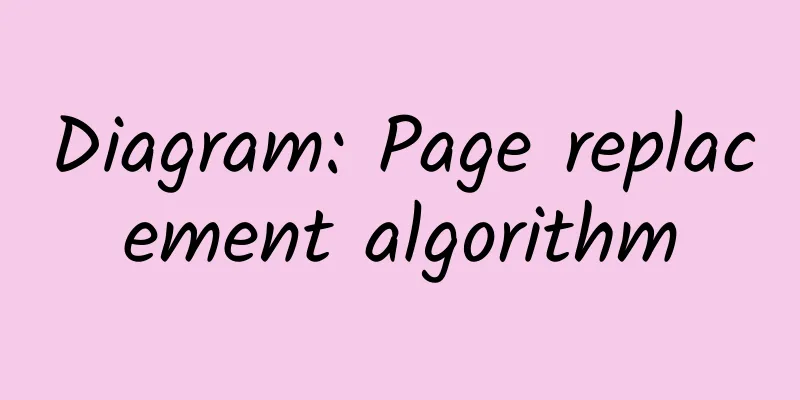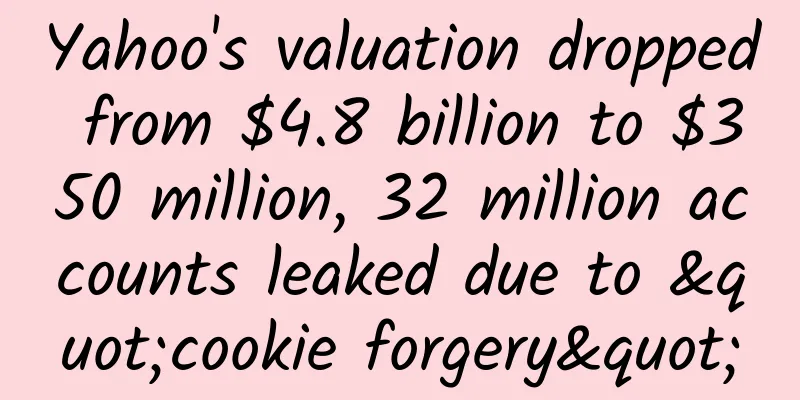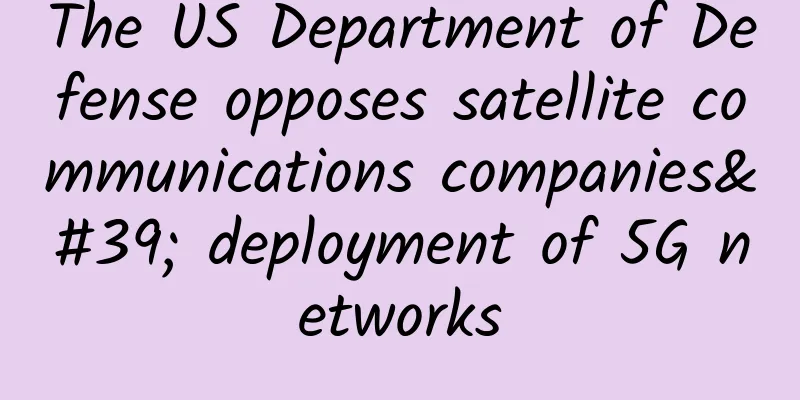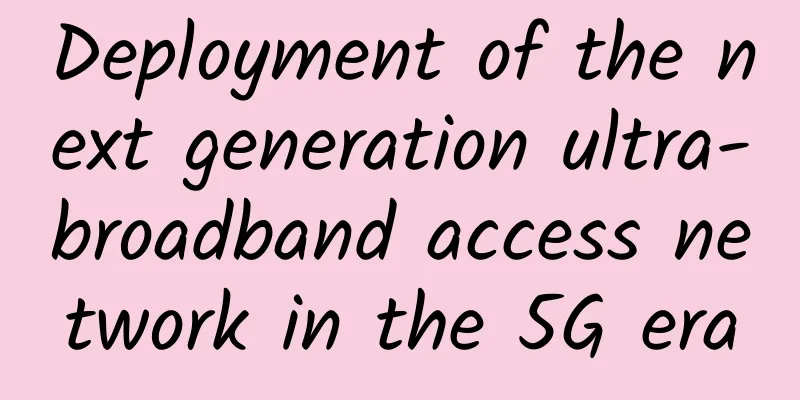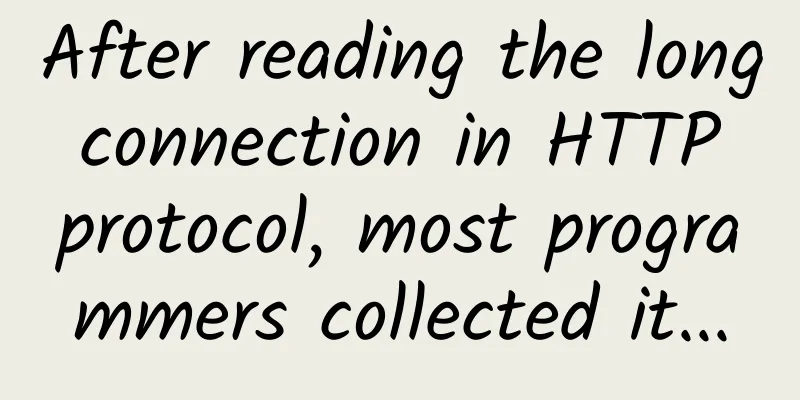How many layers are in the TCP/IP protocol stack that you are learning? The standard answers in textbooks are changing
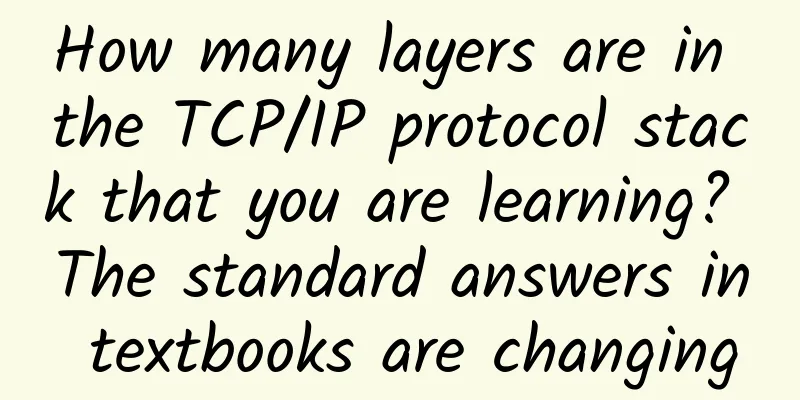
|
Overview Network knowledge is extensive and profound. I have studied it for more than ten years, but I feel that I have only learned the basics. As I am getting older, new technologies are emerging one after another, and I feel a little exhausted. When no one is around, I always want to sigh: "Once I entered the network, time rushed by, and life was like a drunkenness." What's more annoying is that the network standards I knew before have changed after a few years, making me feel old all of a sudden:).
What impressed me most was the TCP/IP protocol stack. When I was in college, the textbook clearly pointed out that it had five layers, and I always believed it. However, a recent event almost overturned my understanding of network communication: someone told me that the TCP/IP protocol stack has four layers! At that time, the technical department organized a training, and I chatted with a group of young colleagues. When I heard that the TCP/IP protocol stack has five layers, they quickly corrected me and said that the TCP/IP protocol stack has only four layers, not five layers. This made me ashamed. My first reaction was not to believe it. I could only remain silent and pretend to be deep. After the meeting, I secretly checked the information and found that the mainstream information only said four layers, not five layers:). This hurt me and I felt deceived by the textbook. I kept checking a lot of information and found that TCP/IP has more than just these two layers. There are other layered models. Today I will sort them out and share them with you! The seven-layer OSI model No one has any doubts about the OSI seven-layer model. All organizations recognize this model, and it can be said to be the cornerstone of the entire network. I believe that when you first started learning about the network, your teacher must have explained this part in detail to you, so we will not say more today, just look at the picture below. OSI seven-layer model The only drawback of the OSI model is that it is too complex and has too many layers. Equipment manufacturers are not able to fully implement these contents. Therefore, it is shelved and hung high, becoming a beauty to be admired from afar (no one dares to approach) :). In contrast, the TCP/IP protocol stack is relatively simple and easy to implement. Equipment manufacturers all develop based on it. It has become the real standard in the network world, which can be said to be a counterattack of the losers. However, due to historical reasons and the different implementations of these equipment manufacturers, the TCP/IP protocol stack has different layered structures. TCP/IP four-layer model This network layering is defined in RFC1122, and is also the TCP/IP protocol stack layering model that is recognized by everyone today. As shown in the following figure: Comparison between seven layers and four layers The top three layers of the OSI seven-layer reference model, the application layer, presentation layer, and session layer, are merged into one: the application layer. The protocol can directly face the user. For example, telnet, FTP, and SMTP are all at this level. The last two layers of the OSI seven-layer reference model, the data link layer and the physical layer, are merged into one: the link layer, which has the functions of two layers of the OSI model. The other two layers remain unchanged and have the same functions: the transport layer corresponds to the transport layer, and the network layer corresponds to the network interconnection layer. TCP/IP five-layer model Let's take a look at this five-layer hierarchical model written in the previous textbook, as shown below: The biggest difference between it and the four-layer model of the TCP/IP protocol stack is that the last two layers: the data link layer and the physical layer are still separate. In the four-layer model, these two layers are merged into one link layer. I don't know if it's preconceived, but I've always believed that this layering is correct. The data link layer processes layer 2 content such as ARP, STP, and MAC addresses, which is obviously different from the various media (WIFI, Bluetooth, optical fiber, etc.) processed by the physical layer. From the perspective of practitioners, the two are also different. The data link layer is the world of network engineers, while the main practitioners of the physical layer are hardware engineers. The two professions have very little overlap. As for why the five-layer structure was cancelled, I still haven't found a good explanation. I hope that friends who know can leave a message below and tell me why RFC1122 merged these two layers! Other hierarchical models In fact, there are several hierarchical models that we have rarely seen in our work because they only exist in theory. Let’s take a look at them today: Arpanet three-layer reference model Don't underestimate this model, it is the predecessor of the Internet. Everything now is built on the basis of the ARPANET. It was defined in RFC871 published in 1982. The entire network has only three layers, as shown in the following figure: APANET Reference Model Cisco four-layer model Cisco, a giant in the communications industry, once defined its own network model: the "Internet Model". However, Cisco no longer promotes this model today, but instead uses the 4-layer standard model defined in RFC1122. Other models There are other models, but I won’t go into detail. I haven’t studied them either. You can just take a look. They were all proposed by famous people and institutions, but they are too old and no longer used: Stallings Model Tanenbaum Model Summarize After finishing these layers, I still feel a little lost. These are standards set by foreigners. The foundation of the modern Internet was laid by others. When will China be able to rise in the Internet world and define this basic network architecture? |
<<: In-depth analysis of the difficulties and challenges of 5G core network construction
>>: Introduction to VPN technology and commonly used VPN networking methods in enterprises
Recommend
Ovum Observation: SDN/NFV Significantly Reduces Time to Market for Services of Operators in Emerging Markets
Early morning news on January 11, for communicati...
This article tells you how to implement IP location function
In web development and network applications, impl...
Huawei Cloud Private Cloud Solution Reaches New Success at the End of the Year Sixteen Words Connect Enterprises Now and in the Future
[51CTO.com original article] Huawei is a company ...
Let’s talk about 5G positioning technology
[[350699]] This article is reprinted from the WeC...
Huawei's Wu Hui: Join hands with partners to be the "bridge builders" and "road builders" of the intelligent era
Every generation has its own mission of transform...
How to Choose the Right Data Cabling for Your Business
Are you building a new office? Is your current of...
The 10 coolest web startups of 2020
Changing the rules of the online market It’s safe...
Cisco Meraki officially landed in China, ushering in a new era of networking
Today, the Cisco Meraki new product launch confer...
9 misunderstood truths about 5G that many people have gotten wrong
1. Does 5G base station have high radiation? 5G, ...
Broadband diversion has a huge impact, and traffic has little room for explosive growth
The unit price of traffic has dropped from 15 yua...
Is HTTP1.1 Keep-Alive considered a long connection?
[[435412]] This article will talk about the collo...
Huawei's China ICT Ecosystem Tour Concludes Successfully, with Ecosystem as the Name to Bring the World to the World
From March to September, a total of 163 days, 275...
In the global 5G competition, who will be the ultimate beneficiary?
Leifeng.com: To understand cellular technology, y...
Where is the future of 5G terminals?
[[400174]] In the 5G era, in order to rapidly adv...
Sharktech: High-security VPS price reduction + 50% off annual payment from $29.7/year, 10Gbps unlimited traffic server $399/month 2*Gold 6148/128G/2T NVMe/Los Angeles and other computer rooms
In the first month of 2024, Sharktech sent a new ...


